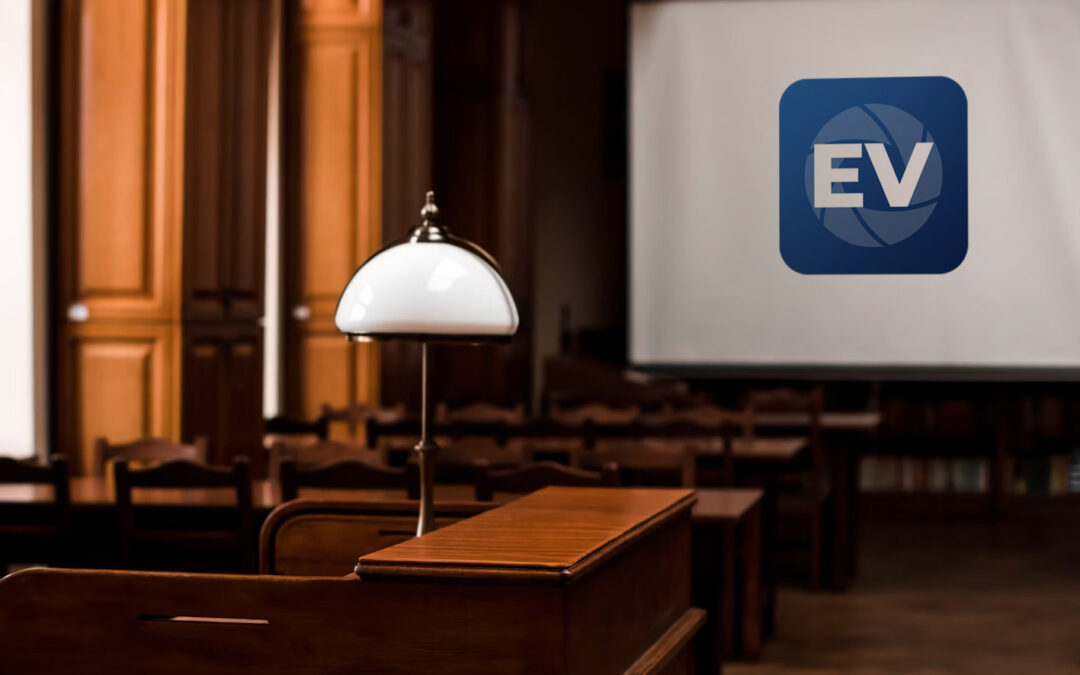Clarify legal arguments with interactive and structured trial presentations designed for clarity.
Clarify legal arguments with interactive and structured trial presentations designed for clarity.
Blog Article
Just How Trial Presentations Enhance Your Argument and Encourage Jurors
Trial presentations serve as a crucial device for enhancing lawful disagreements and convincing jurors. The tactical usage of visuals not just clears up complex details but likewise records jurors' interest a lot more efficiently than words alone.

Significance of Visual Help
Aesthetic help play a crucial duty in enhancing the performance of trial presentations, as they can dramatically enhance audience interaction and retention of details. In the context of a trial, where jurors are entrusted with handling facility information, aesthetic help serve to streamline and clarify crucial factors. Charts, graphs, and pictures can share data and principles that may or else overwhelm or perplex jurors, enabling a much more simple understanding of the proof presented.
In addition, visual aids aid in maintaining juror interest throughout the process. By breaking the uniformity of spoken statement, these devices can stress vital arguments, making them much more remarkable. Effective aesthetic help can also evoke emotional feedbacks, which can be pivotal in convincing jurors to straighten with the speaker's narrative.

Crafting Engaging Narratives
An engaging narrative is necessary in test presentations, as it serves as the foundation of effective persuasion. It allows lawyers to weave with each other facts, evidence, and psychological components into a coherent story that reverberates with jurors. This narrative framework makes it possible for jurors to understand the complexities of the situation while leading them through the attorney's disagreement.
To craft an engaging story, attorneys must concentrate on clearness and comprehensibility. Furthermore, the use of vibrant descriptions can create psychological photos that assist jurors picture the events, making the narrative more remarkable.
In addition, incorporating essential styles throughout the presentation enhances the core message and help in retention - trial presentations. The narrative ought to not only share info but also stimulate a sense of justice, highlighting the stakes entailed. Inevitably, a well-constructed story look at this now cultivates a connection between the jurors and the instance, placing the lawyer's disagreement as both credible and engaging, consequently enhancing the likelihood of a desirable decision

Involving the Jury Emotionally
Efficient jury interaction hinges on the lawyer's ability to get in touch with jurors on a psychological level. This link can considerably influence jurors' perceptions and their utmost decision-making. Utilizing sob stories enables lawyers to humanize the case, changing abstract lawful concepts right into relatable experiences. By presenting real-life stories or endorsements, attorneys can evoke compassion and concern, promoting a much deeper understanding of the concerns at stake.
Aesthetic help, such as photos or video clips, can further improve psychological engagement, offering jurors with brilliant depictions of the instance's human elements. Crafting a narrative that highlights the battles and victories of the people entailed guarantees that jurors see past the lawful arguments and acknowledge the human repercussions of their choices.
In addition, tone and body movement play an important function in sharing feeling. A lawyer's passionate distribution can resonate with jurors, reinforcing their emotional investment in the situation. It's vital to stabilize sob stories with accurate proof, guaranteeing that jurors feel obliged to act while staying grounded in the fact. Inevitably, a psychologically involved court is most likely to be convinced, making emotional connection a vital component of reliable trial presentations.
Structuring Your Presentation

The body of the discussion ought to be logically fractional into vital points, each supported by engaging evidence. It is beneficial to utilize storytelling strategies to weave facts into a story that jurors can easily adhere to. Visual help, such as graphes and videos, can boost comprehension and involvement, assisting to highlight critical items of proof.
Real-World Study
Checking out real-world case research studies supplies invaluable insights into the art of trial presentations and persuasion. The defense team successfully used an approach that combined high-profile expert testimonies with multimedia presentations, which mesmerized jurors and eventually affected their decision.
One more significant instance is the "McDonald's Coffee Instance," where the complainant's lawyers used graphic pictures of the injuries endured by Stella Liebeck. trial presentations. This plain visual evidence played an important function in communicating the seriousness of her burns, bring about a substantial court honor. Such situations demonstrate that impactful trial presentations often pivot on the reliable assimilation of visuals and narration to stimulate psychological feedbacks from jurors
In addition, the "Casey Anthony Trial" highlighted the significance of narrative coherence and reliability. The prosecution's failure to establish a compelling timeline diminished their persuasive power, underscoring the requirement of a well-structured discussion. Examining these cases exposes that effective trial discussions call for strategic preparation, emotional engagement, and the capacity to best site resonate with jurors' values and ideas.
Conclusion
Test presentations substantially enhance disagreements and encourage jurors through the strategic usage of aesthetic aids, compelling stories, and emotional interaction. A well-structured discussion balances emotional charms with valid evidence, eventually reverberating with jurors' values.
Report this page